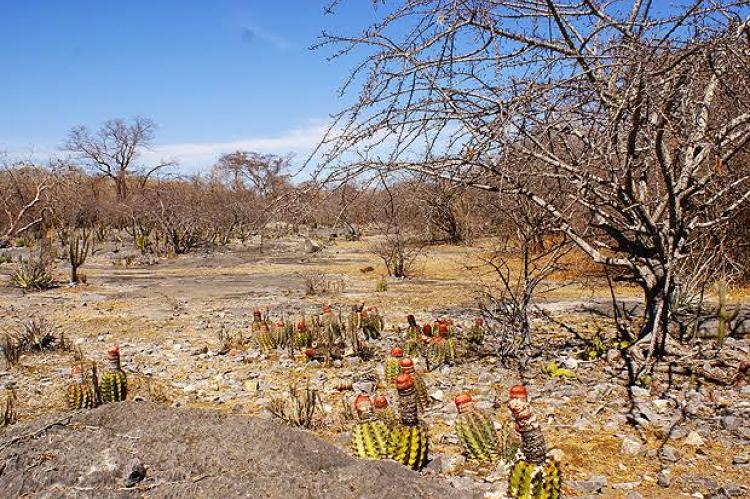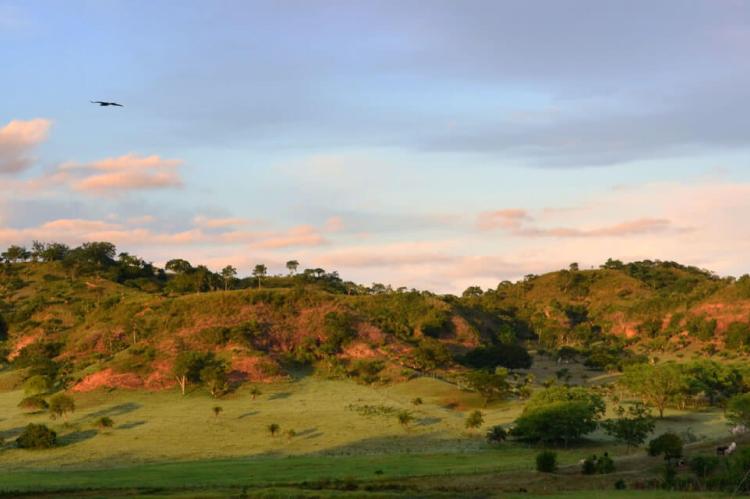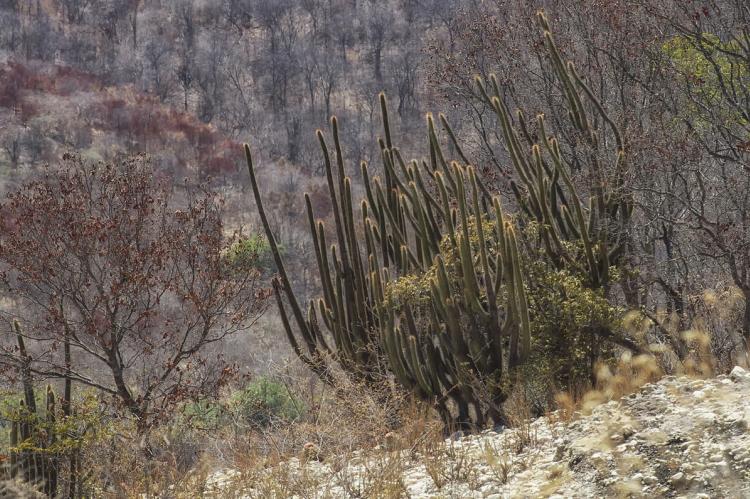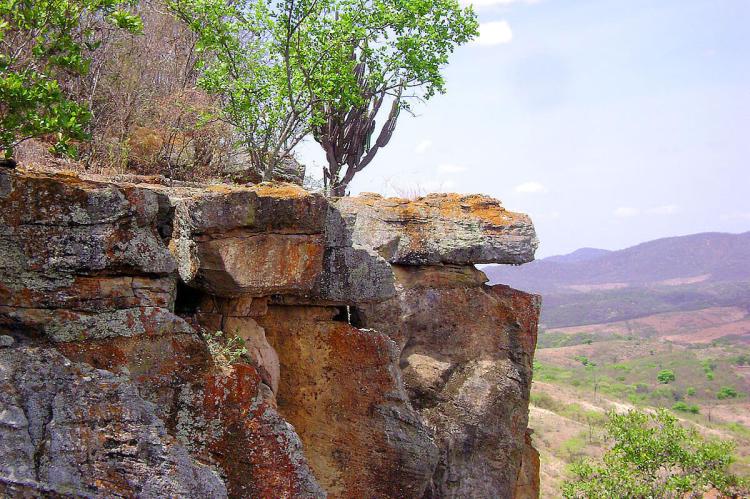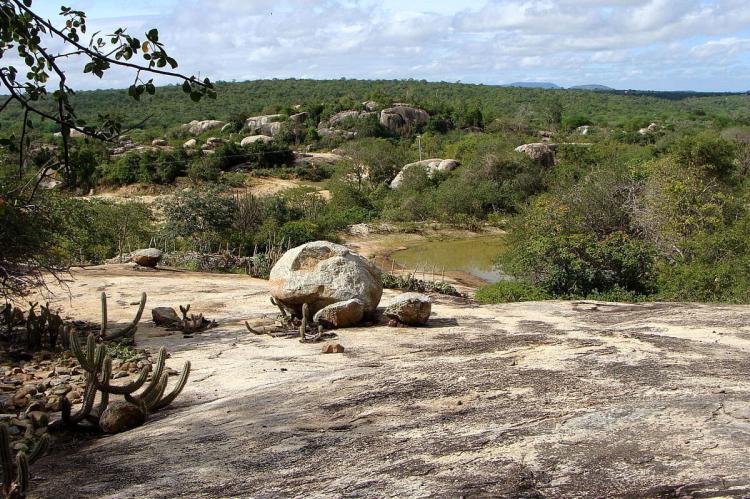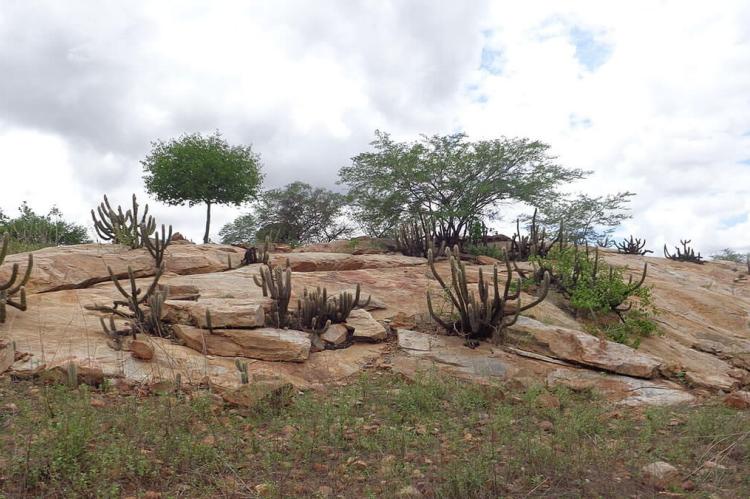The Caatinga: South America's Vast Dry Forest Sanctuary
The Caatinga, a vast and unique semiarid biome in northeastern Brazil, encompasses an array of ecosystems that collectively form South America's largest dry forest region. The Caatinga encapsulates the arid, thorny, and seasonal vegetation that is home to over 2,000 species.
The Caatinga
South America's Vast Dry Forest Sanctuary
Nestled in the arid interior of northeastern Brazil, the Caatinga, a term derived from the Tupi meaning "white forest," is a unique desert vegetation, forming the largest dry forest region in South America. Covering an extensive 850,000 square kilometers (3,300,000 square miles), nearly 10% of Brazil's territory, the Caatinga stands as a testament to the adaptability of life in semiarid environments, boasting an intricate web of ecosystems rich in biodiversity.
Geographic and Ecological Characteristics
The Caatinga is a semiarid biome, an expansive region entirely within the earth's tropical zone, constituting one of the six major ecoregions of Brazil. Stretching across the northeastern states of Piauí, Ceará, Rio Grande do Norte, Paraíba, Pernambuco, Sergipe, Alagoas, Bahia, and northern Minas Gerais, the Caatinga is surrounded by diverse ecosystems, including the Maranhão Babaçu forests to the northwest, Atlantic dry forests, Cerrado savannas to the west and southwest, humid Atlantic coastal forests to the east, and the Atlantic Ocean to the north and northeast.
Biodiversity and Endemic Species
The Caatinga's unique landscape, dominated by xeric shrubland and thorn forests, is a mosaic of small, thorny trees, cacti, thick-stemmed plants, and arid-adapted grasses. The flora experiences a brief burst of activity during the three-month rainy season, contributing to a remarkable biodiversity. Over 2,000 species call the Caatinga home, including 1,200 vascular plants, fish, reptiles, amphibians, birds, and mammals. Thirty percent of its vascular plants are endemic, showcasing the region's ecological distinctiveness. Notable species include Godmania dardanoi, Cordia globosa, Billbergia fosteriana, Lear's macaw, Spix macaw, Moustached Woodcreeper, and the spiny rat (Proechimys yonenagae).
Conservation Challenges
Despite its ecological significance, the Caatinga faces formidable challenges. Land conversion for agriculture and cattle ranching poses a severe threat, jeopardizing the delicate balance of this unique biome. The biodiversity is particularly at risk, with over 350 bird species facing heightened vulnerability, including the indigo macaw and the little blue macaw. Additionally, the Caatinga confronts the specter of desertification, compounded by a meager one percent of the ecoregion being protected in parks or reserves.
Conclusion
With its vast expanse and remarkable biodiversity, the Caatinga stands as a symbol of nature's resilience in semiarid environments. Understanding this dry forest region's ecological intricacies and cultural importance is essential for informed conservation efforts. As we continue exploring and learning about the Caatinga's unique ecosystems, addressing the looming threats and establishing comprehensive conservation strategies is imperative. This multifaceted approach is crucial to ensuring the continued existence of the Caatinga, preserving its intricate web of life for future generations to appreciate.
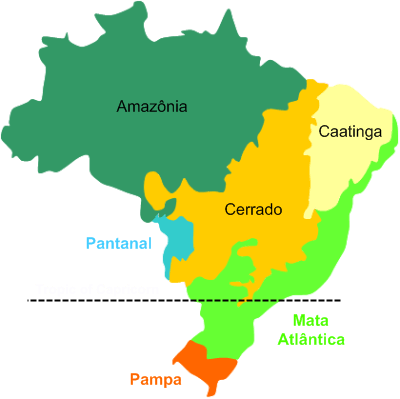
Biome map of Brazil
